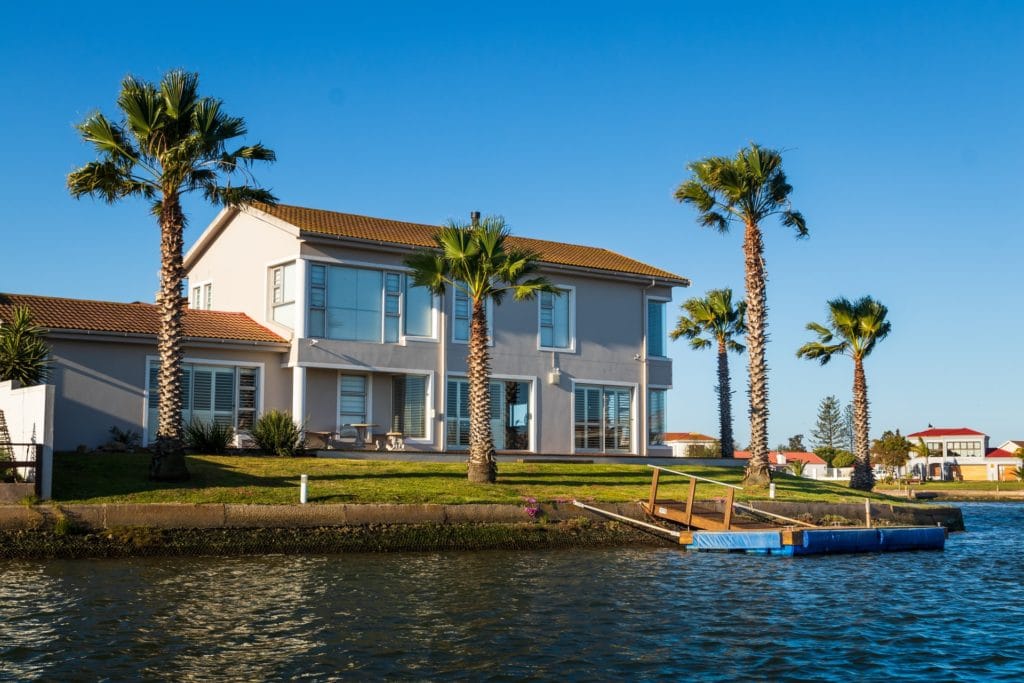NYC retail leasing shows signs of rebound after COVID carnage

Manhattan's retail leasing market is showing promising signs of recovery after the severe impact of the COVID-19 pandemic. Although online shopping had already reduced demand for physical stores by approximately 10% before the pandemic, the lockdowns exacerbated the situation. However, recent data from JLL and Cushman & Wakefield indicate a significant decrease in storefront availability, with figures dropping to 14.7% and 13.9% respectively, from peaks in the mid- and upper-20% ranges in 2021. This suggests a healthier market, although some skepticism remains due to the variability in data collection methods.
Despite CBRE reporting a 25% decline in retail leasing compared to the third quarter of 2023, there is optimism among landlords and brokers. Cushman & Wakefield's Joanne Podell notes robust activity in most trade areas, suggesting a balanced market that is neither dominated by landlords nor tenants. Richard Hodos from JLL highlights that while rents have not returned to pre-pandemic levels, they are more aligned with operating costs, making them more sustainable.
Several notable transactions have been reported, including Bonhams auction house securing 40,000 square feet at 111 W. 57th St., and Italian fashion brand Moncler taking 24,000 square feet in a sublease at the GM Building. Other significant deals include Five Iron Golf, Socceroof, and new dining establishments like Carnegie Diner and a Greek cafe at SL Green’s 1185 Sixth Ave. Additionally, new entrants to the market, such as Primark and Rosa Mexicano, are taking over large spaces, indicating confidence in the market's recovery.
CBRE has identified two key trends in the third quarter: the entry of new-to-market retailers, which accounted for 21% of leasing volume, and the rise of fine art and experiential tenants. Noteworthy new arrivals include Urban Revivo's first US store and Arte Museum's immersive art experience. These trends suggest a diversification in the types of tenants entering the market, which could contribute to its resilience.
Overall, while challenges remain, the Manhattan retail leasing market is showing signs of stabilization and growth. The decrease in storefront availability and the influx of new tenants indicate a potential rebound, although the market has yet to fully recover to pre-pandemic levels. The current environment presents opportunities for both landlords and tenants to negotiate favorable terms, as the gap between asking and bid prices has narrowed.





Start the discussion
Become a member of Crib Metrics - Fresh Housing Market Insights and Analysis to start chatting with our AI Real Estate Market Analyst about the article NYC retail leasing shows signs of rebound after COVID carnage
Already a member?